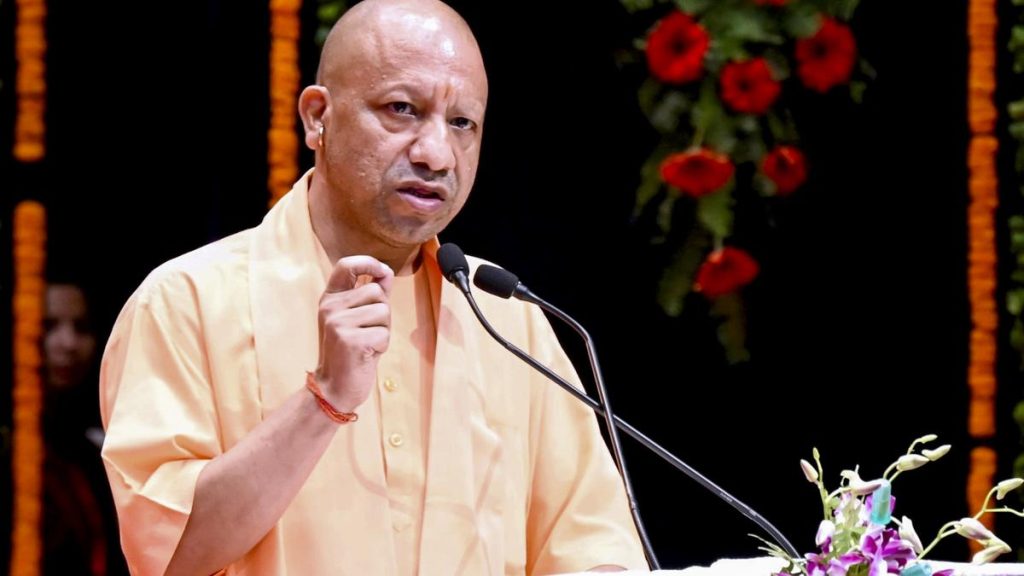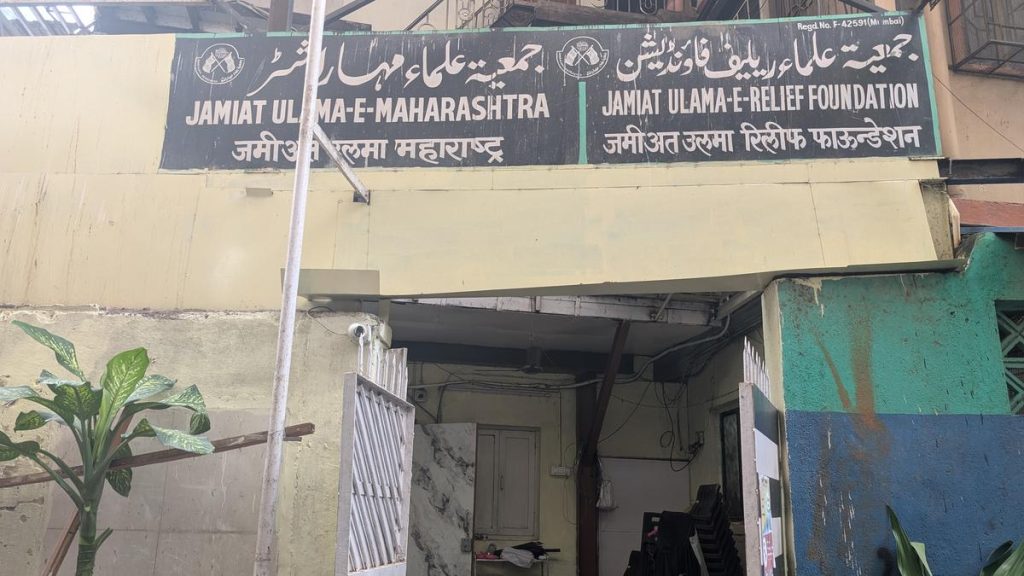Now Reading: Australia’s Energy Transition: Collaboration Key to Balancing Growth and Nature
-
01
Australia’s Energy Transition: Collaboration Key to Balancing Growth and Nature
Australia’s Energy Transition: Collaboration Key to Balancing Growth and Nature

Fast Summary
- Research by Princeton and The University of Queensland highlights that Australia can fully decarbonize its domestic and export economies by 2060 while safeguarding biodiversity, agriculture, and Indigenous land rights.
- Over 110,000 square kilometers of renewable energy infrastructure is needed, equal to roughly 1.7 times the size of Tasmania.
- Collaborative planning among stakeholders is crucial; failing to compromise could result in higher energy costs and a shortfall of almost 500 gigawatts in clean energy capacity.
- The study incorporated input from groups like the National Farmers Federation,National Native Title Council,and Australian Conservation Foundation into models for identifying suitable land for renewable development (“traffic-light” zones: green/acceptable areas,orange/potential sites needing consensus,red/excluded).
- At least two existing renewable energy zones overlap significantly (over 90%) with biodiversity exclusion areas. A lack of integrated planning could lead to unacceptable trade-offs affecting conservation goals and Indigenous rights.
- Researchers emphasize flexible pathways that adapt to uncertainties such as data gaps on habitats or effects of climate change while urging immediate action using current data.
Indian Opinion Analysis
The findings underscore several lessons relevant for India’s own transition toward net-zero emissions: balancing environmental considerations with growing energy demands requires multi-stakeholder collaboration spanning sectors like agriculture, conservationism, indigenous communities-and government planners alike.
India’s immense scale mirrors australia’s challenges in integrating different stakeholder needs across large geographic regions for renewable development without sacrificing food security or natural capital like biodiversity hotspots (e.g.,Western Ghats). Recognizing this early can help India apply adaptive frameworks akin-to “Traffic-Lights/Zoning coherence-thought-out-process flexibilities-needed-commentary Indian-Based
























